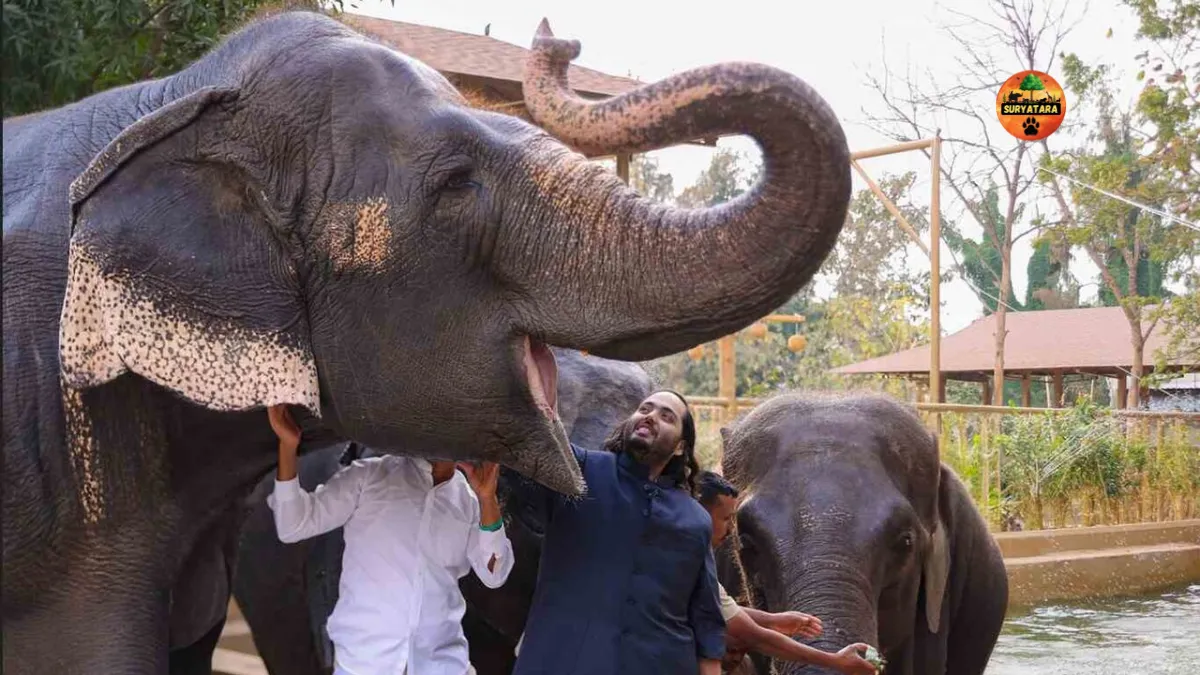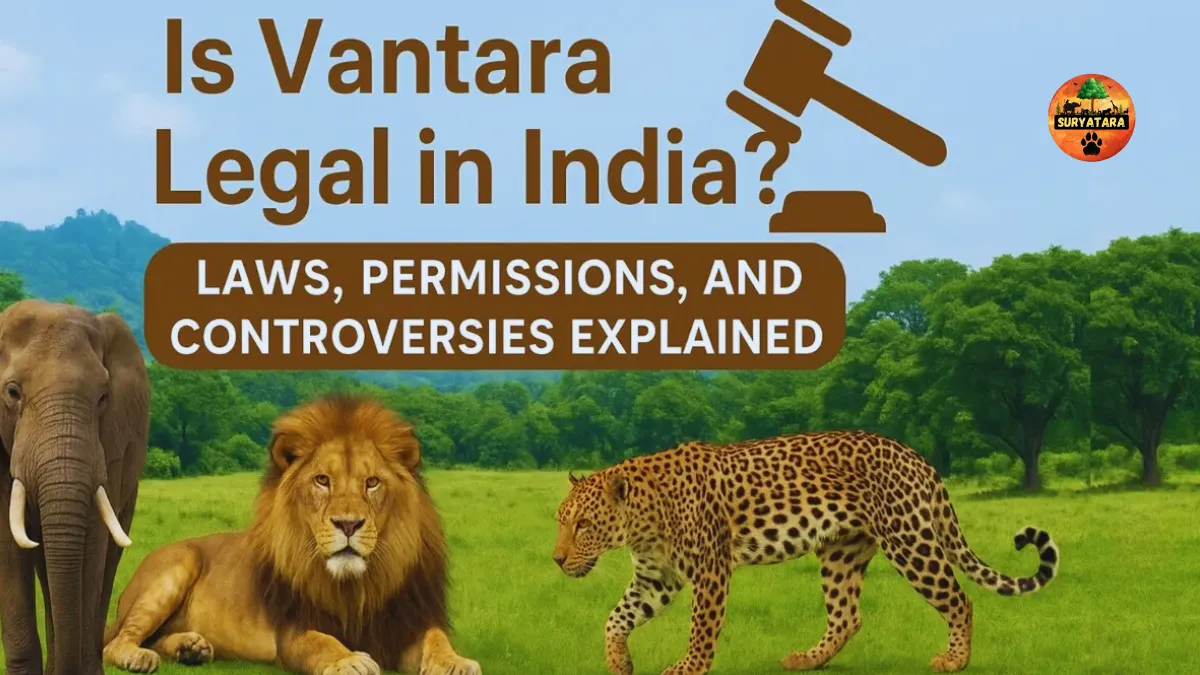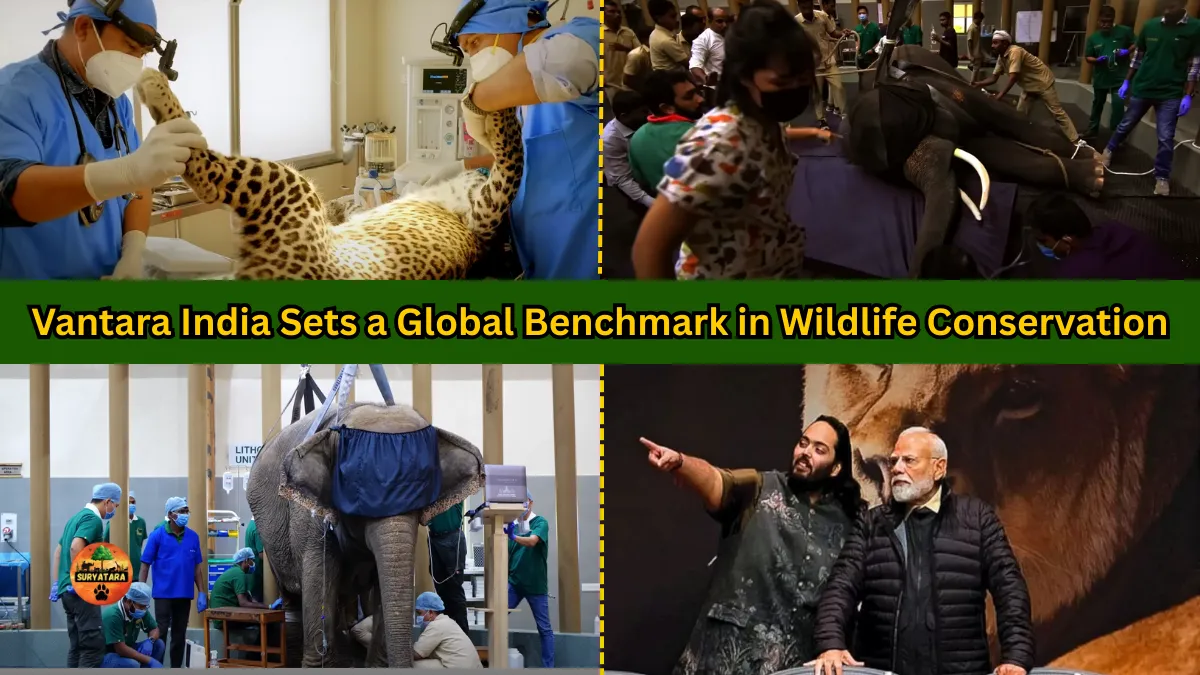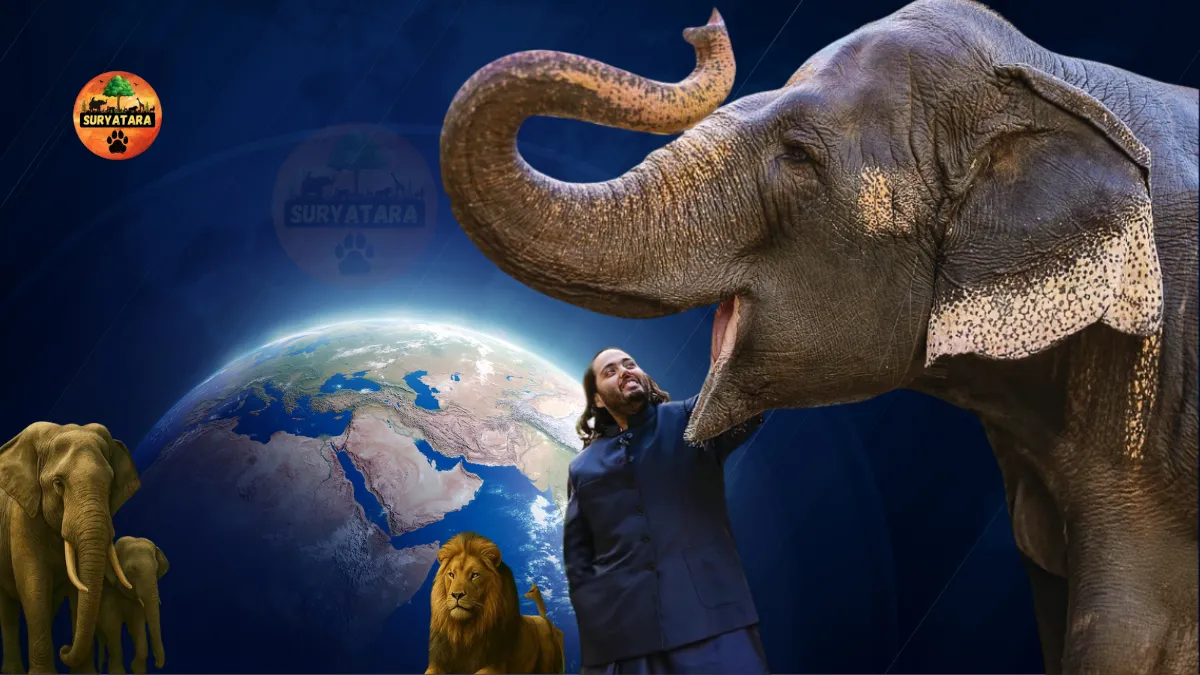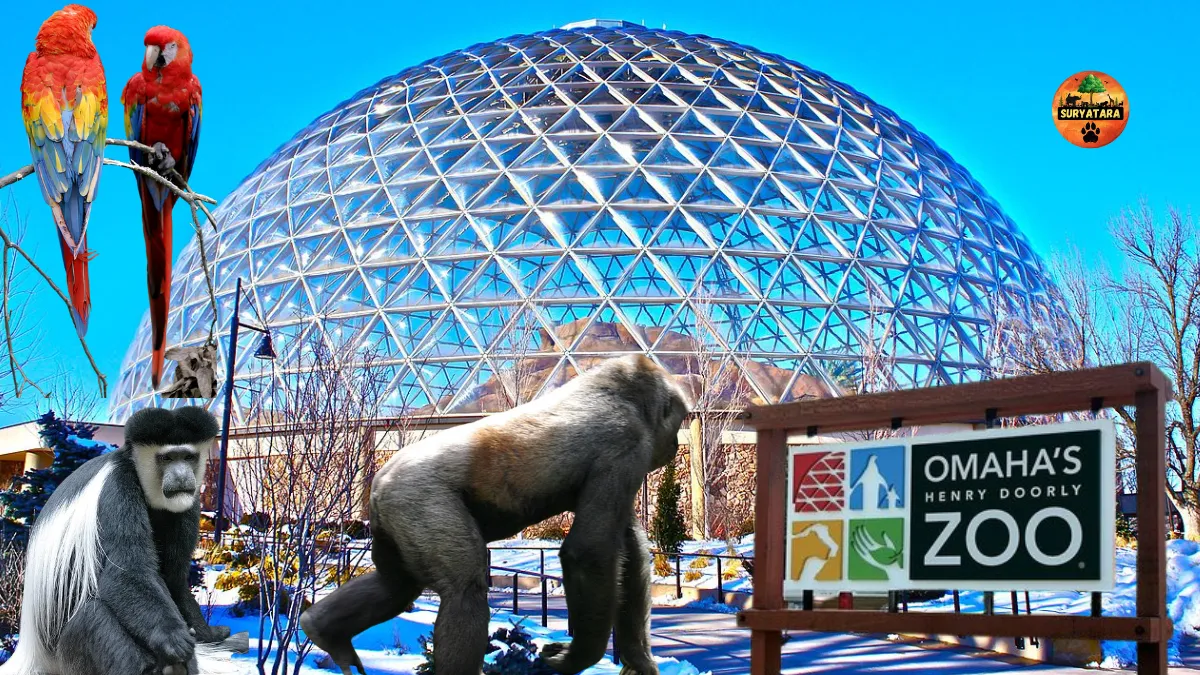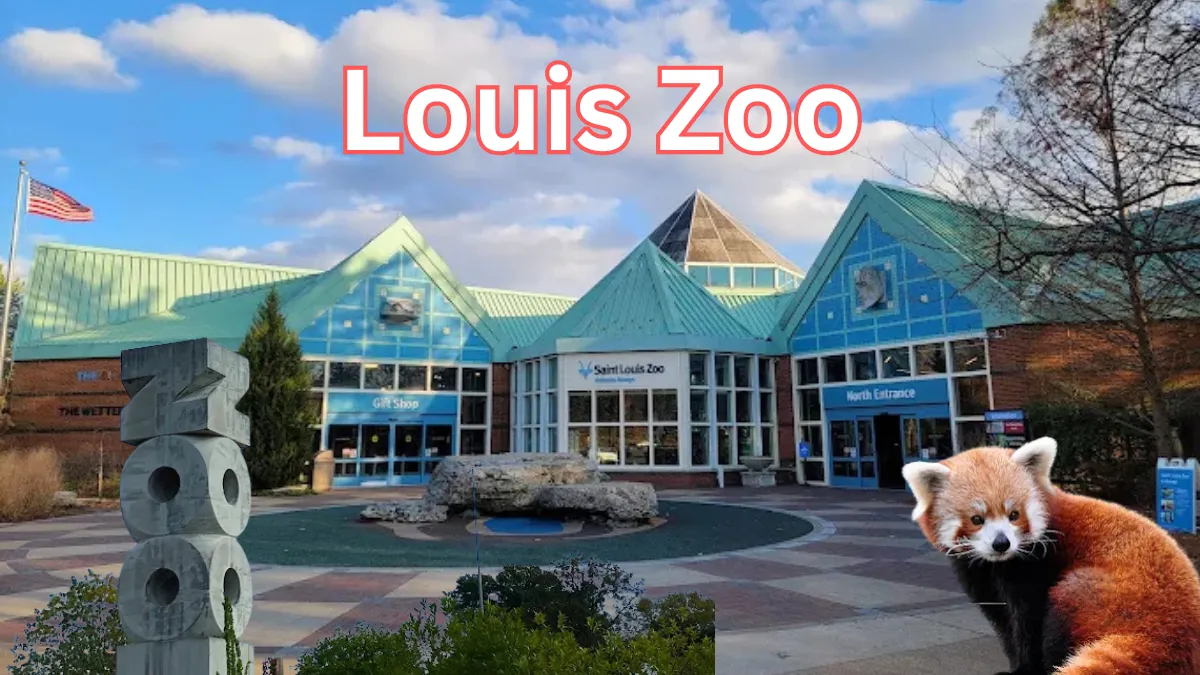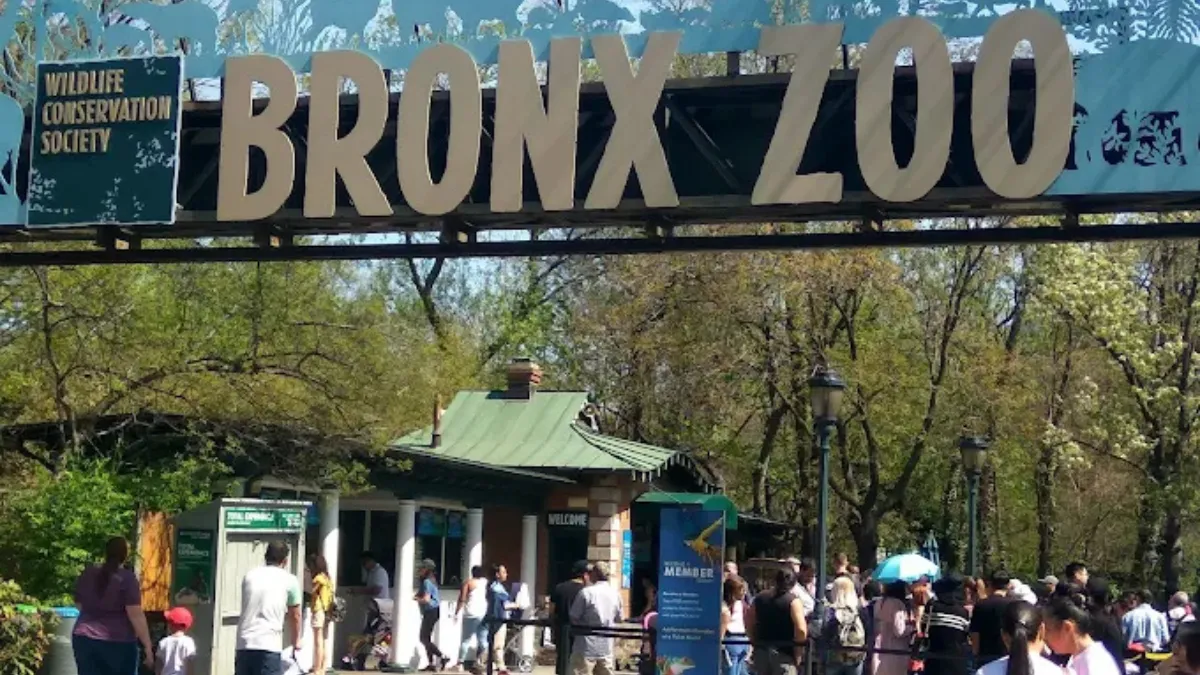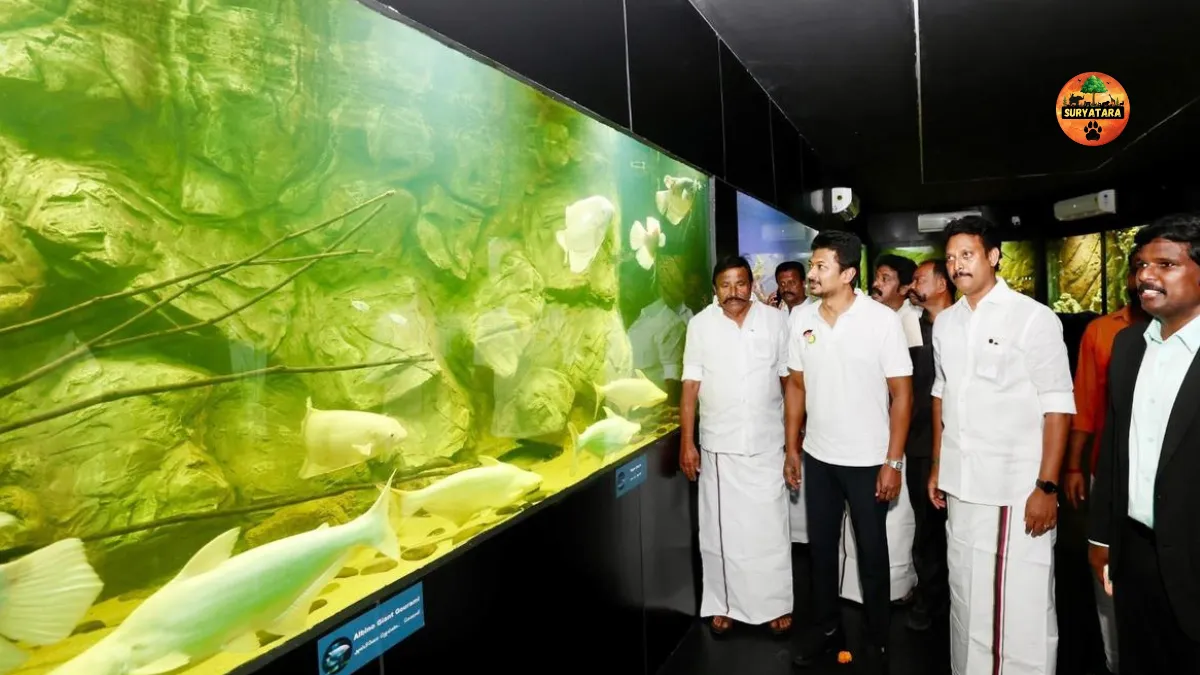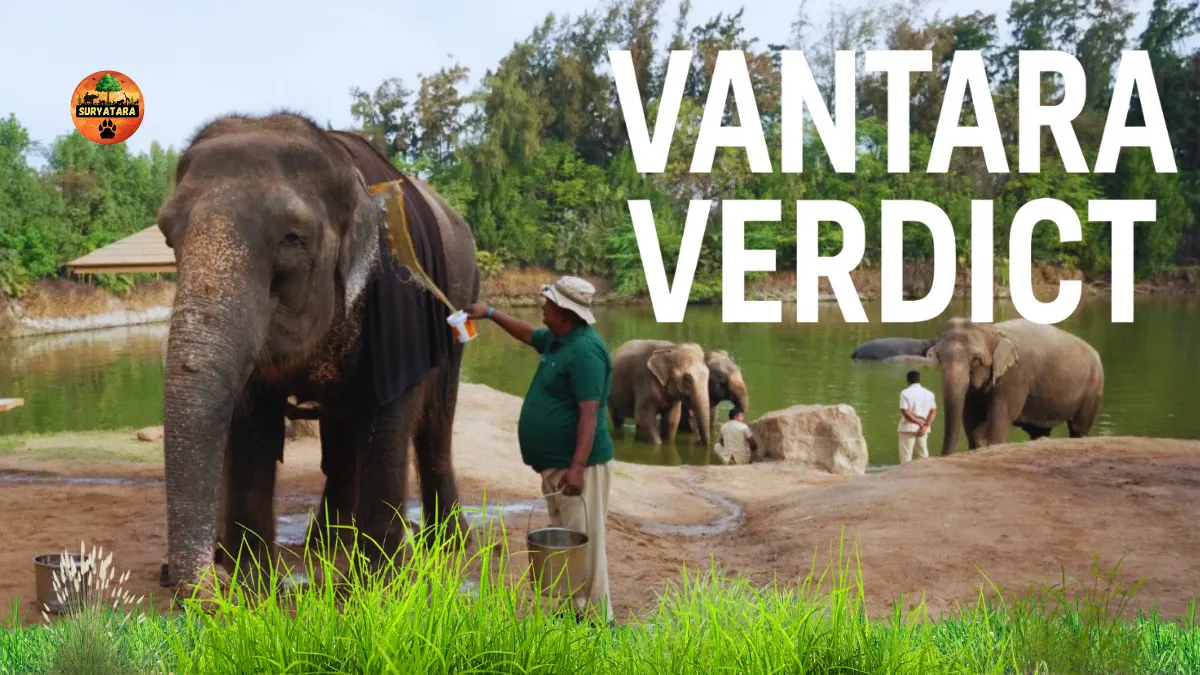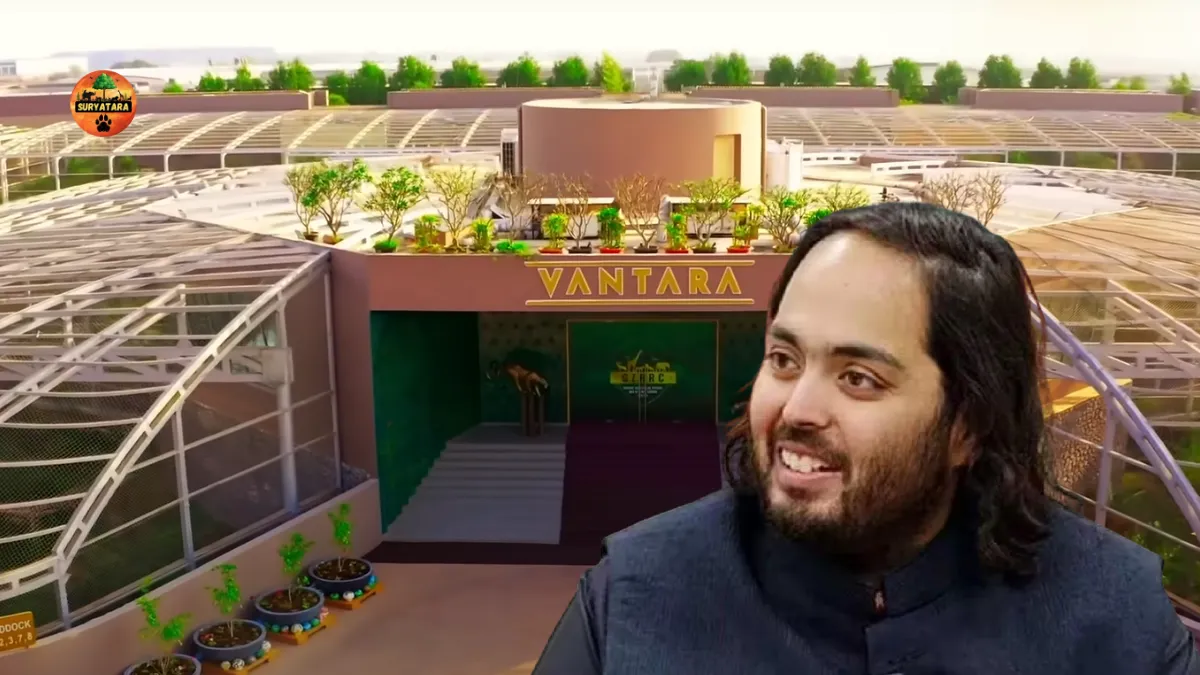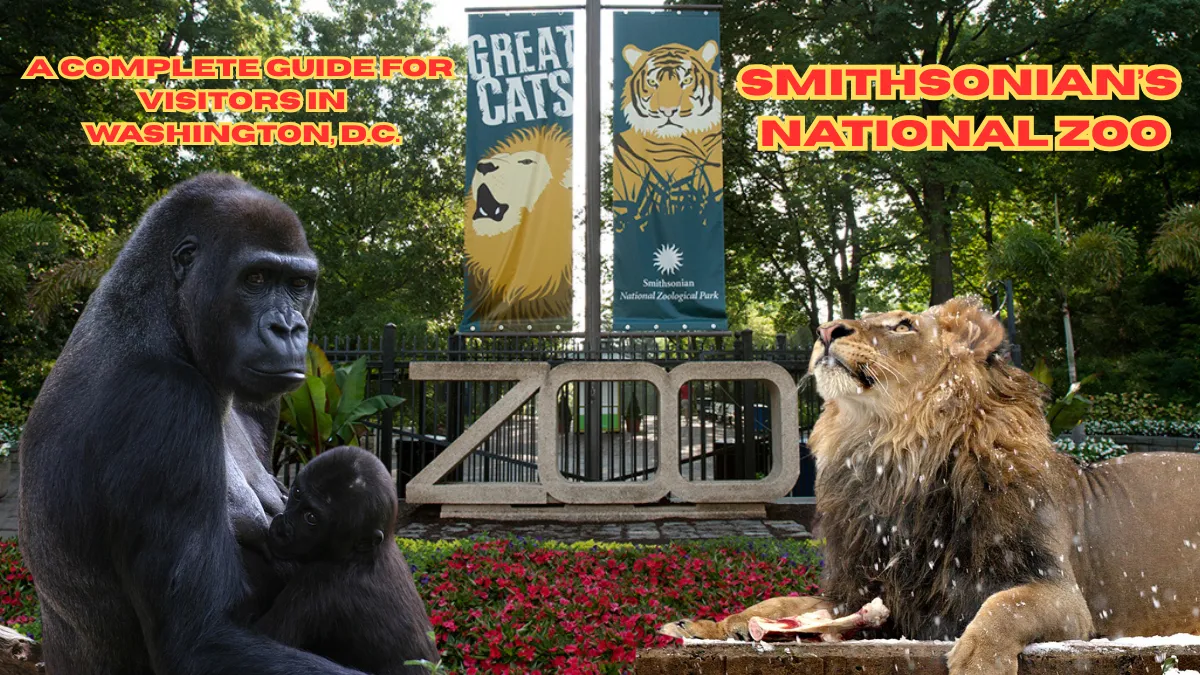Vantara Jamnagar, established by Anant Ambani in Jamnagar, Gujarat, is a vast 3,000+acre wildlife rescue and rehabilitation sanctuary that provides shelter and care to over 150,000 animals. This is not a typical zoo—it’s a sanctuary where conservation, compassion, and scientific care come together. Although the centre is not yet open to the general public, plans are being shaped to allow limited, education-focused visits in the future.
Nestled in Gujarat’s industrial landscape, amidst towering refinery structures and the hum of heavy machinery, lies a sanctuary that is redefining how humans care for animals. Welcome to Vantara—Anant Ambani’s thoughtful response to years of animal abuse and exploitation. Located within the Reliance Jamnagar Refinery Complex, this centre is more than just a rescue facility. It’s a haven where animals are not displayed but healed.
No marketing hype. No ticket booths. No commercial glitz. Instead, Vantara is a sanctuary for over 1.5 lakh animals rescued from circuses, illegal wildlife trade, trafficking networks, and abandoned pet industries. If you’ve heard whispers about this extraordinary place and wondered whether it’s open yet, here’s a comprehensive look at one of India’s most ambitious conservation projects.
What Exactly is Vantara Jamnagar?
First things first—Vantara is not a zoo.
There are no snack counters, no glass cages, and definitely no animals performing tricks. The name “Vantara,” meaning “Star of the Forest” in Sanskrit, reflects the vision behind this project. It is a non-profit rescue, rehabilitation, and research centre, driven with dedication and scientific rigor under the leadership of Anant Ambani, the youngest son of Mukesh and Nita Ambani.
The scale is astonishing—home to more than 2,000 species including elephants, big cats, snow leopards, rare reptiles, exotic birds, and many more who have survived years of cruelty. These animals are not here to entertain; they are here to rest, roam, and—whenever possible—recover.
Can the Public Visit Vantara?
The most frequently asked question—Is Vantara open to the public?
As of July 2025, the answer is a thoughtful no.
Currently, Vantara is focused entirely on animal recovery and specialized care. However, that doesn’t mean it will remain closed forever. Reliable sources indicate that a limited-access, educational visitor program is being planned.
Instead of safari rides or commercial attractions, the concept revolves around guided eco-walks led by wildlife experts. A tentative timeline for a partial opening is late 2025 or early 2026 (as mentioned on Vantara’s official website), but this is dependent on the readiness of the infrastructure and, most importantly, the welfare of the animals.
Why Isn’t Vantara Open Yet?
The reason isn’t secrecy—it’s sensitivity.
There are three primary reasons why Vantara remains closed:
- Animal Welfare is the Priority: Most of the animals at Vantara are survivors of severe trauma. They are not exhibits—they are patients under recovery.
- Science Over Spectacle: The centre focuses on veterinary science, behavioural rehabilitation, and conservation research. Every species has unique needs, which are prioritized over visitor footfall.
- Infrastructure Still Evolving: Visitor zones, educational facilities, and safety systems are still under development. Public access will be allowed only when the sanctuary is fully prepared to handle visitors without compromising animal well-being.
The philosophy is simple—build a sanctuary that feels like a temple, not a theme park.
What to Expect When It Opens?
Anant Ambani has made it clear: Vantara is not being built for amusement—it’s for awareness and compassion.
Here’s what the future public experience may look like:
- Entry strictly through prior reservations, with daily visitor limits
- Guided tours led by veterinarians, conservationists, and wildlife researchers
- Interpretation centres to educate visitors about endangered species and environmental balance
- Observation decks where visitors can quietly watch animal care practices in action
- No shops, cafés, or commercial elements—just learning spaces designed for reflection and education
PM Modi’s Visit to Vantara
In March 2025, Prime Minister Narendra Modi visited Vantara in Jamnagar, Gujarat—a moment that caught national attention. Accompanied by Anant Ambani, he toured specially designed enclosures, including the habitat of four snow tigers rescued from a European circus.
PM Modi’s visit didn’t just bring political spotlight; it sent a clear message—animal welfare is not just an NGO cause, it’s a national responsibility.
What Makes Vantara Truly Special?
Vantara isn’t your typical animal rescue centre. It’s designed to global standards, with features that set it apart:
- 600-Acre Elephant Zone: Complete with spa-like pools, hydrotherapy jacuzzis for elderly elephants, and shaded resting groves.
- Wildlife Super Hospital: Spread across 1 lakh sq. ft., equipped with MRI scanners, advanced surgical theatres, oxygen chambers, and critical care ICUs.
- Naturalistic Enclosures: From sand dune landscapes for big cats to treetop canopy zones for primates, every habitat is designed for the animals’ comfort—not human entertainment.
- Global Research Collaboration: Vantara actively partners with leading international veterinary institutes and conservation scientists to continuously improve animal care.
Location & How to Stay Informed
- Location: Reliance Jamnagar Refinery Complex, Gujarat
- Inaugurated On: March 4, 2025
- Vantara’s official portal provides regular updates on animal rescues, conservation initiatives, press releases, and contact information.
How Much Does It Cost?
Operating Vantara is no small feat. It’s a fully privately-funded ecosystem, with an annual operational cost estimated between Rs 150 to Rs 200 crore. This covers animal nutrition, medical treatments, habitat maintenance, scientific research, and salaries for specialized staff.
It ranks among the most expensive privately-run conservation projects globally, with no commercial monetization plans by the Ambani family.
Anant Ambani: The Heart Behind Vantara
For Anant Ambani, Vantara isn’t just a passion project; it’s personal. He has often spoken about how his bond with animals helped him through significant health and emotional struggles.
At the launch, he shared, “Our first rescued elephant, Gauri, was saved by my mother. My father would take us to forests for vacations, never beaches. That’s where my love for wildlife began.”
His vision is clear: “This is not a zoo. It is a ‘Sevalaya’—a sanctuary of service. We are here to heal, not to entertain.”
Also read: Vantara Meaning in 12 Indian Languages – A Deep Dive into Its True Essence
Rewilding: Vantara’s Ultimate Goal
Not every animal at Vantara will spend its life there. For those who can safely return to their natural habitats, rewilding is the ultimate aim. Vantara serves as a rehabilitation bridge—less of a retirement home, more of a healing space for their journey back to the wild.
A Forest Inside an Oil Refinery
In an era where attractions are built for spectacle, Vantara offers a rare, noble vision. It isn’t about showcasing animals; it’s about giving them back their dignity—one rescue, one habitat, one silent act of care at a time.
When Vantara eventually opens its doors, it won’t be a tourist spot. It will be a pilgrimage—for those who wish to observe, understand, and respect the lives we so often neglect.
Also read: Vantara Jamnagar Ticket Price Guide – Complete Visitor Information for 2025
Conclusion
Vantara is more than just a wildlife sanctuary—it’s a living symbol of compassion, innovation, and responsibility. In a world where animals often become victims of human ambition, Vantara stands as a sanctuary of healing, dignity, and hope. Anant Ambani’s vision, supported by significant private funding, proves that conservation doesn’t have to rely solely on public donations or government schemes.
When Vantara eventually opens its doors, it will not be a place for amusement or spectacle. It will be a space of reflection—inviting people to witness the silent, patient work of giving animals their rightful place in the world once again.
Vantara is not about building a zoo; it’s about rebuilding trust between humans and nature—one rescued life at a time.
FAQ
Is Vantara a zoo?
No, it is a rescue, rehabilitation, and conservation centre.
Can I visit Vantara?
Not yet. A limited public access program is under development.
How many animals live here?
Over 1.5 lakh animals, across more than 2,000 species.
What’s the primary mission?
To provide medical care, restore dignity, and reintroduce animals to the wild wherever possible.
